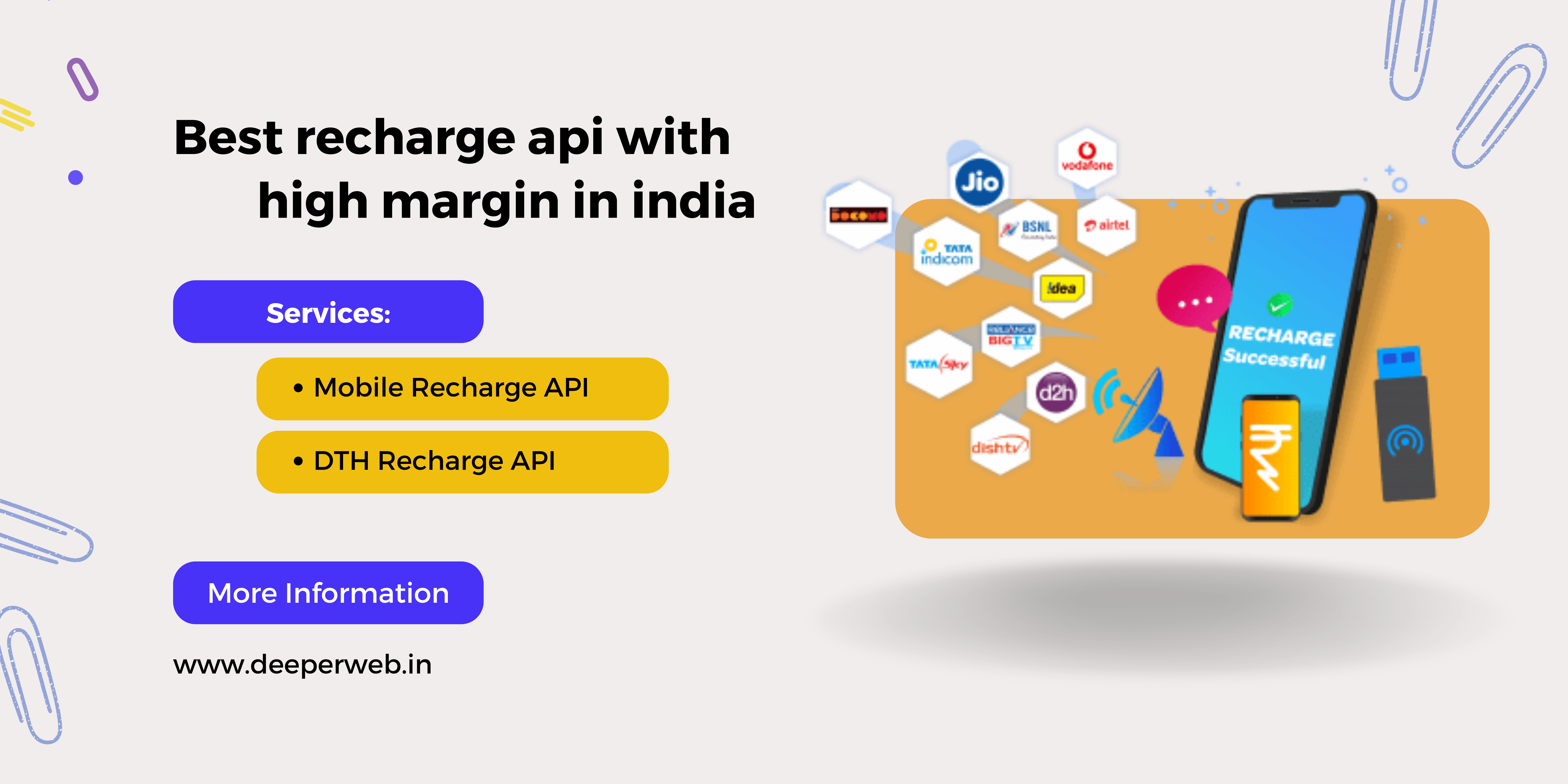For mobile and DTH recharge APIs, you’ll typically need to integrate with service providers or third-party platforms that offer such services. These APIs allow you to programmatically initiate and process mobile recharges and DTH (Direct-to-Home) TV recharges.
Several companies offer these APIs as part of their business services, and they usually come with documentation and guidelines on how to integrate them into your application or platform. Some examples of companies providing mobile and DTH recharge APIs include Paytm, FreeCharge, Mobikwik, and RechargeItNow.
To access these APIs, you often need to sign up for an account with the service provider, obtain API credentials (such as API keys), and follow their integration instructions. Keep in mind that these APIs might involve certain costs or usage fees, depending on the provider and the specific terms of service.
Before integrating any API, make sure to review the documentation thoroughly, understand the pricing structure, and ensure that it meets your requirements and complies with any regulatory guidelines in your region.
To work with a Mobile and DTH Recharge API, you typically follow these steps:
- Sign Up and Obtain API Access:
- Register an account with the service provider offering the API.
- Obtain API access credentials, such as an API key or token. These credentials authenticate your requests to the API.
- Read Documentation:
- Carefully review the API documentation provided by the service provider. This documentation outlines the API endpoints, request and response formats, authentication methods, and any additional parameters required for making requests.
- Integration:
- Integrate the API into your application or platform. This involves writing code to send requests to the API endpoints using HTTP methods (such as GET, POST, PUT, DELETE) and processing the responses returned by the API.
- You may use programming languages such as Python, Java, PHP, etc., along with appropriate libraries or SDKs provided by the service provider to simplify the integration process.
- Authentication:
- Authenticate your API requests using the access credentials provided by the service provider. This typically involves including your API key or token in the request headers or as part of the request parameters.
- Request Generation:
- Generate requests to the API endpoints based on the specific action you want to perform, such as mobile recharge or DTH recharge.
- Include necessary parameters in your requests, such as mobile number, DTH subscriber ID, recharge amount, etc.
- Handling Responses:
- Handle the responses returned by the API appropriately in your application logic.
- Process the response data to extract relevant information, such as recharge status, transaction ID, error messages, etc.
- Error Handling:
- Implement error handling mechanisms to deal with any potential errors or exceptions that may occur during API interactions.
- Handle errors gracefully and provide meaningful feedback to users, if applicable.
- Testing:
- Test your integration thoroughly to ensure that API requests are being sent and processed correctly.
- Test various scenarios, including successful recharges, failed recharges, and error conditions, to validate the robustness of your integration.
- Deployment:
- Once you’re satisfied with the integration and testing, deploy your application or platform with the integrated Mobile and DTH Recharge API functionality.
By following these steps, you can effectively work with a Mobile and DTH Recharge API to enable mobile and DTH recharges within your application or platform.
Related post:




